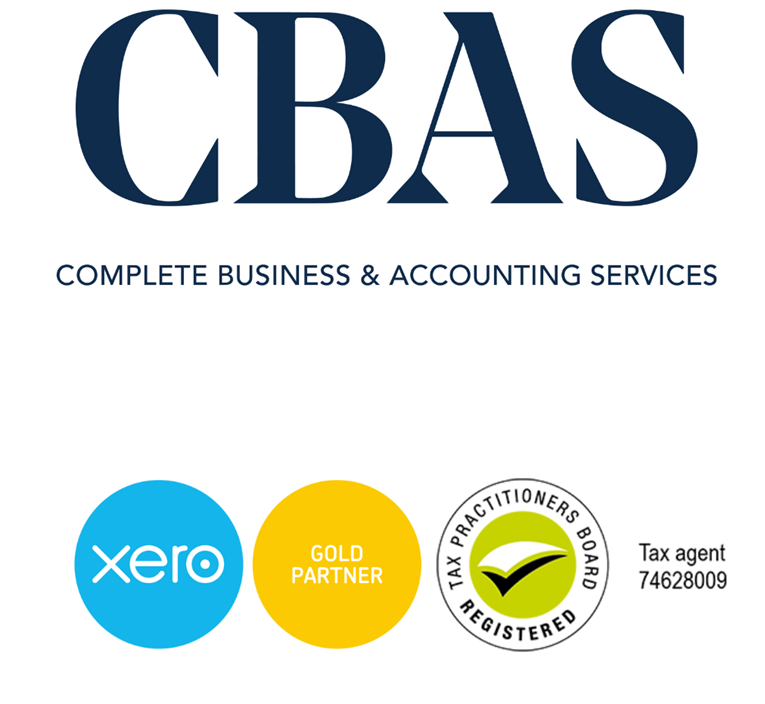With the popularity of crypto currency in todays market it is important to ensure you’re correctly declaring the capital gains and losses in your tax return relating to your cryptocurrency disposals.
The ATO have summarised the below information relating to cryptocurrency and tax returns.
Tax-smart tips for your cryptocurrency investment
If you exchanged cryptocurrency for goods, cash or other cryptocurrencies then this is normally considered a disposal for the purposes of capital gains tax and you may need to include a capital gain or loss in your income tax return.
Make tax time easier by remembering these three tips:
- Disposal of cryptocurrency
You must report a disposal of cryptocurrency for capital gains tax purposes if you either:
- exchange one cryptocurrency for another cryptocurrency
- trade, sell or gift cryptocurrency
- convert cryptocurrency to a fiat currency, for example to Australian dollars (AUD).
If you only transfer cryptocurrency from one wallet to another wallet while maintaining ownership of the coin, it is not considered a disposal of cryptocurrency for tax purposes.
If your cryptocurrency holding reduces during this transfer to cover the network fee, the transaction fee is a disposal and has capital gain consequences.
- Calculating capital gains tax (CGT) on cryptocurrency
Convert your cryptocurrency purchases and sales into AUD to calculate your capital gain or loss.
A capital gain or loss is the difference between your:
- cost base (cost of ownership – including the purchase price of the coin plus certain other costs associated with acquiring, holding and disposing of it), and
- capital proceeds (what you receive or the market value of what you receive) when you dispose of your cryptocurrency.
If you purchase cryptocurrency using AUD, the amount you pay is included in your cost base (see example 1). If you acquire a cryptocurrency by exchanging it for another cryptocurrency, your cost base is the market value in AUD of the cryptocurrency you used at the time you purchased the coin (see example 2).
You can claim any current year net capital loss against future capital gains. Report the loss in your tax return so you have it available for future investments.
- Keep records
You need to keep records of all your transactions associated with acquiring, holding and disposing of cryptocurrency.
You will need to keep records for five years after you dispose of cryptocurrency.
Buying (acquiring)
- receipts of transactions, or
- documents that display: the cryptocurrency
- the purchase price in AUD
- the date and time of the transaction
- what the transaction was for
- commission or brokerage fees on the purchase
- agent, accountant and legal costs
- exchange records
Owning (holding)
- software costs related to managing your tax affairs
- digital wallet records and keys
- documents showing the date and quantity of cryptocurrency received via staking or airdrop
Selling (disposing)
- receipts of sale or transfer, or
- documents that display: the cryptocurrency
- the sale or transfer price in AUD
- the date and time of the transaction
- what the transaction was for
- commission or brokerage fees on the sale or transfer
- exchange records
- calculation of capital gain or loss
To help calculate any capital gain or loss:
- Set up an easy-to-use record keeping system as a priority. This can be as a simple as a spreadsheet, or you can use professional software.
- Scan digital copies of your records to make it easier to store and access them.
EXAMPLES
Example 1: Disposing of cryptocurrency purchased with fiat currency (a currency established by a country’s government regulation or law)
Tim purchases 400 USD Tether (USDT) for $800 AUD. A few days later Tim exchanges his 400 USDT for 2 Ether (ETH). Tim needs to report his capital gain or loss from the disposal of the cryptocurrency (USDT) in his tax return.
Tim’s receipt shows he:
- used $800 AUD to purchase 400 USDT
- was charged $5 for brokerage.
Tim’s cost base is $800 + $5 which totals $805.
Tim’s exchange provides a receipt for the purchase of 2 ETH but it does not include prices in AUD. According to his exchange records, Tim exchanged 400 USDT for 2 ETH on 25/06/2019 at 1:30pm.
At the time of this transaction, the market value of 2 ETH is $900 AUD. Tim’s capital proceeds is $900.
Tim subtracts his cost base ($805) from his capital proceeds ($900) which results in a capital gain of $95.
Tim is not eligible for a discount or exemption.
Tim reports a net capital gain of $95 in his 2019 tax return.
Example 2: Exchanging a cryptocurrency for another cryptocurrency
A few months later, Tim exchanges his 2 Ether (ETH) for 0.08 Bitcoin (BTC).
Tim’s exchange records show he acquired 2 ETH on 25/06/2019 at 1:30pm for 400 USD Tether (USDT). At the time of the transaction, the USDT had a market value of $900 AUD.
Tim’s exchange charges him a $10 brokerage fee to trade 2 ETH for 0.08 BTC.
Tim’s cost base is $900 + $10 which totals $910.
Tim’s exchange provides a receipt for the acquisition 0.08 BTC but it does not include prices in AUD. Tim’s receipt shows he disposed of his 2 ETH for 0.08 BTC on 13/07/2019 at 2:00pm.
At the time of this transaction, the market value of 0.08 BTC is $1,055. Tim’s capital proceeds from the exchange of 2 ETH for 0.08BTC is $1,055.
Tim subtracts his cost base ($910) from his capital proceeds ($1,055) which results in a capital gain of $145.
Tim is not eligible for a discount or exemption.
Tim reports a net capital gain of $145 in his 2020 tax return.
Example 3: Personal use asset
Josh pays $50 to acquire cryptocurrency each fortnight. During each of the same fortnights, he uses the cryptocurrency to enter directly into transactions (there is no conversion to a fiat currency first) to acquire computer games. Josh does not hold any other cryptocurrency.
In one fortnight, Josh sees a computer game he wants to buy from an online retailer that doesn’t accept cryptocurrency. Josh uses an online payment gateway to purchase the game. In these circumstances, the cryptocurrency (including the amount used through the online payment gateway) is a personal use asset for this isolated transaction.
Example 4: Investment in cryptocurrency
Rose has purchased cryptocurrency with the intention of selling at a favorable exchange rate. She decides to buy some goods and services directly with some of her cryptocurrency. Because Rose uses the cryptocurrency as an investment, the cryptocurrency is not a personal use asset.
Personal use assets and cryptocurreny
Cryptocurrency is not a personal use asset if it is kept or used mainly as either:
- an investment
- part of a profit-making scheme
- in the course of carrying on a business.
Cryptocurrency is a personal use asset if you:
- acquire and use it within a short period of time
- directly exchange it for items you personally use or consume (see example 3).
The longer you hold cryptocurrency, the less likely we consider it a personal use asset.
In most situations, cryptocurrency is not a personal use asset and will be subject to capital gains. However, limited exceptions apply.
Note: Only the capital gains you make from disposing of personal use cryptocurrency acquired for less than $10,000 are disregarded for capital gains tax purposes.
This is a general summary only
For more information go to ato.gov.au/cryptocurrency and if you need help working out your capital gain go to ato.gov.au/CGT




Excellent article. Keep posting such kind of information on your site.
Im really impressed by it.